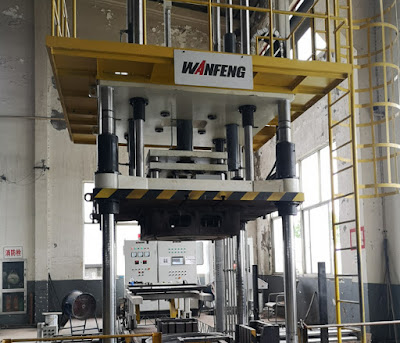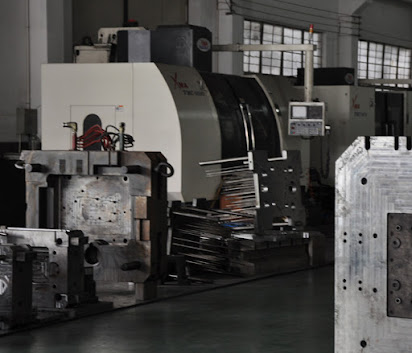In recent widespread publicity on the increasing use of light metals in the transport sector replacing steel has however in a wide range of applications has overlooked the tried and proven technology of aluminum forging. While considering fabrication options available to the designer, it is clear that some of the emerging casting technologies deserve close examination however at low cost the characteristics of a relatively simple forged design often provide the desired weight + strength.
Surface Finish
from very sharp serrations to relatively smooth surfaces, with forging a wide range of surface finishes can be produced and this may be a functional attribute of the part design or facilitate further surface finishing. Some alloys, like 6061, without any further surface treatment at all have desirable anti-corrosion characteristics.
Cost
In applications from the functional perspective where several fabrication options are viable, cost will be a major driver. Generally forging tooling is quite cheaper, for example, high-pressure die cast tooling, and the production rate is higher. To provide desirable heat treatable characteristics, offsetting this is generally higher raw material costs, associated with the necessary alloying of raw materials. Consequently, in highly stressed applications many aluminum forging process are used, although this is not always the case.
Strength
The light (SG=2.7) and common aluminium alloys when forged and heat treated exhibit some mechanical properties that is comparable with many grades of steel. Therefore the strength to weight ratio is far superior.
Forging is always porosity free unlike some casting processes from aluminum forging manufacturer thus allowing relatively straight forward heat treatment processes that significantly improve selected mechanical characteristics. Typical values of 310MPa is attained by lower cost 6061,which is also superior to, for example, A356 (or 601 types) Al casting alloy whether that alloy is semi-solid cast, squeeze cast or gravity cast. With 6061 aluminium, further fabrication by welding is also available hence opening the opportunities for many other applications.









